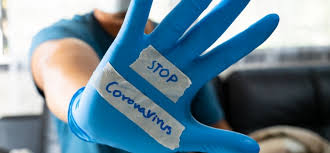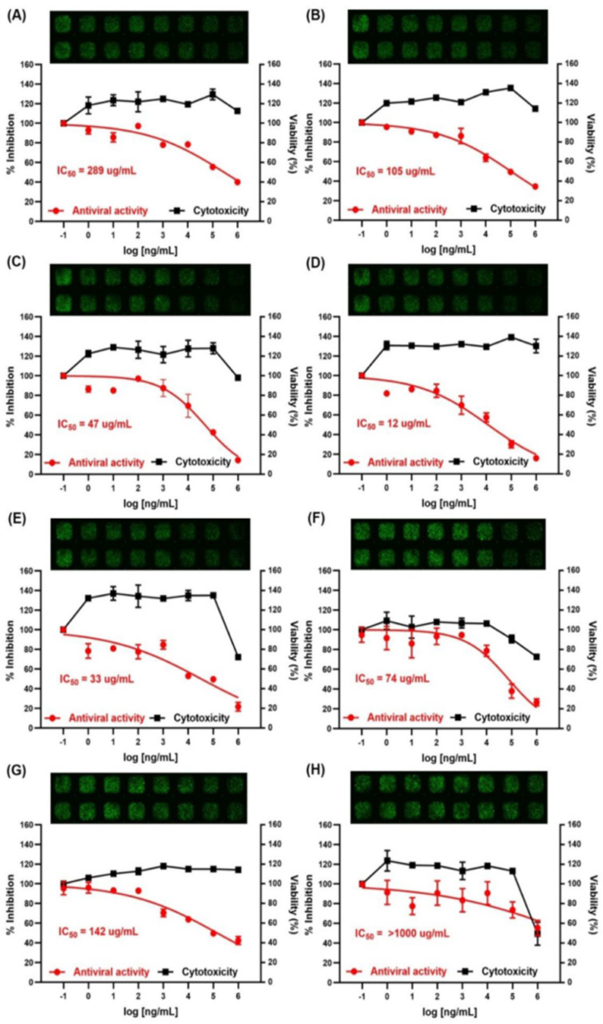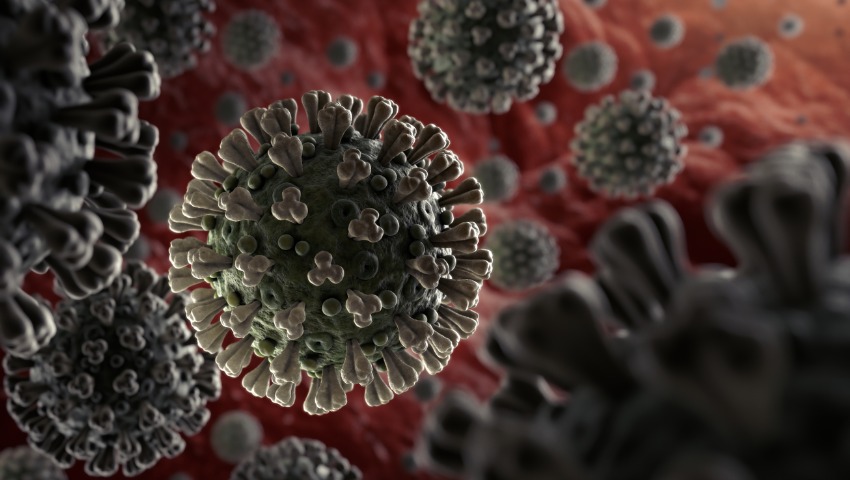In December 2019, it was confirmed that coronavirus infection (COVID-19) was caused by the SARS-CoV-2 virus, which had spread worldwide. Recently, the virus has continued to mutate in its shape and spread. Some mutant strains expand significantly faster than conventional strains.
Therefore, in the case of a virus, protein synthesis, that is, material particles, depends on the intracellular mechanism of the host. And each of them uses its method for replicating its genetic information, and errors are likely to occur depending on the virus type. Generally, RNA viruses have an evolution rate of about 1 million times that of the human genome in the AIDS virus and influenza. The same is valid for SARS coronavirus.

Currently, vaccination is being carried out worldwide. However, it takes time to obtain herd immunity, so effective prevention and treatment of COVID-19 are essential. Hence, in this blog, we will discuss the fucoidan effect on COVID-19 as a treatment method.
Fucoidan is a sulfated polysaccharide derived from brown algae. Recent studies have also confirmed that the sulfated polysaccharide of kelp-derived fucoidan has solid antiviral activity against SARS-CoV-2 in vitro. So, I like to share the findings from the research paper “Inhibition of SARS-CoV-2 virus entry by the crude polypeptides of seaweeds and abalone viscera invitro” by Sung-Kim Yim et al.
First, the study analyzed extraction from eight crude polysaccharides (CPs), including fucoidan and the natural polysaccharides from Undaria pinnatifida sporophyll (CPUP), Laminaria japonica (CPLJ), Hizikia fusiforme (CPHF), Sargassum horneri (CPSH), Abalone viscera (CPAV), Codium fragile (CPCF), and Porphyra tenera (CPPT).
When the molecular weight distribution of CP was measured, it was found that it was a polymer of 800 kDa or more. Afterward, the physiological action of CP was investigated using HEK293 / ACE2 cells in which ACE2 was artificially overexpressed (the ACE2 receptor is one of the infection routes for the SARS-CoV-2 virus to invade cells). And to evaluate the safety of CP, HEK293 / ACE2 cells were cultured in the presence of 1 ng/ml to 1 mg/ml CP, and the cell viability was measured. All CPs were below 1 mg/ml and were not toxic to human cells (Fig. 1).
In addition, to investigate CP’s infection suppression effect of the SARS-CoV-2 virus, they measured the activity of SARS-CoV-2 pseudovirus infected with CP-treated HEK293 / ACE2 cells virus-infected cells were imaged with a fluorescent protein to prevent the virus (Fig. 1). As a result, antiviral activity was confirmed in all CPs. Among them, Sargassum horneri-derived CP of brown algae shows the most potent antiviral activity with IC50 (concentration that inhibits virus infection by 50%) of 12 µg/ml, followed by abalone-derived CP (33µg/ml) and hijiki-derived CP (47µg/ml).
Furthermore, when the amounts of carbohydrates, proteins, sulfated ions, phenols, monosaccharides, and minerals were measured for each CP evaluated, the CPs derived from Sargassum horneri, Hizikia fusiforme, and Abalone viscera, which have high antiviral activity, were higher than the others. Typical characteristics are high molecular weight, carbohydrate content, and fucose content.
In conclusion, CP extracted from 8 kinds of seaweed and Abalone viscera showed significant antiviral activity except CP derived from Porphyra tenera of red algae. In the future, I believe you can certainly expect to fucoidan advance research such as purification and identification of bioactive substances, which can be applied to therapeutic drugs that inhibit the invasion of the SARS-CoV-2 virus.

